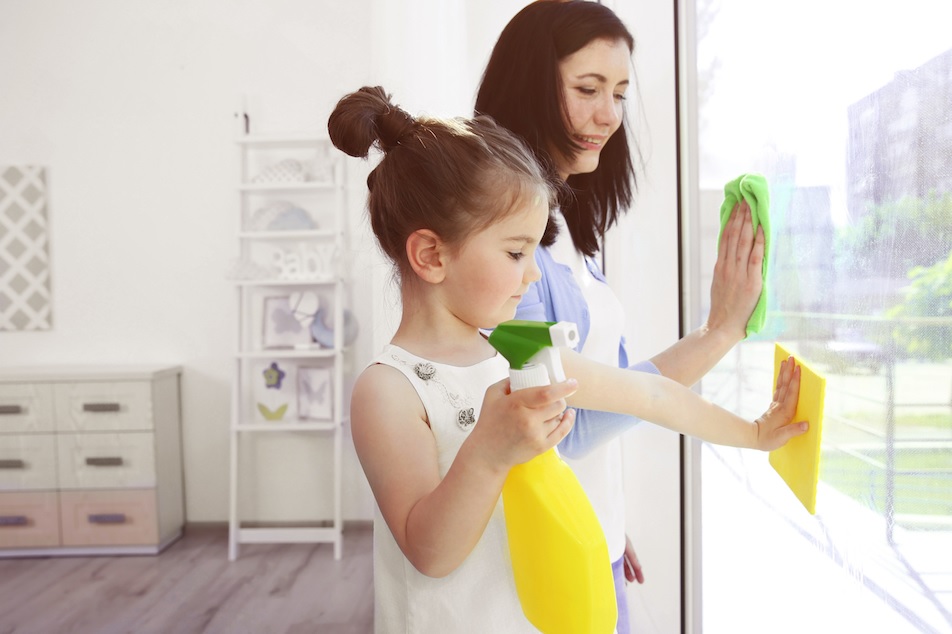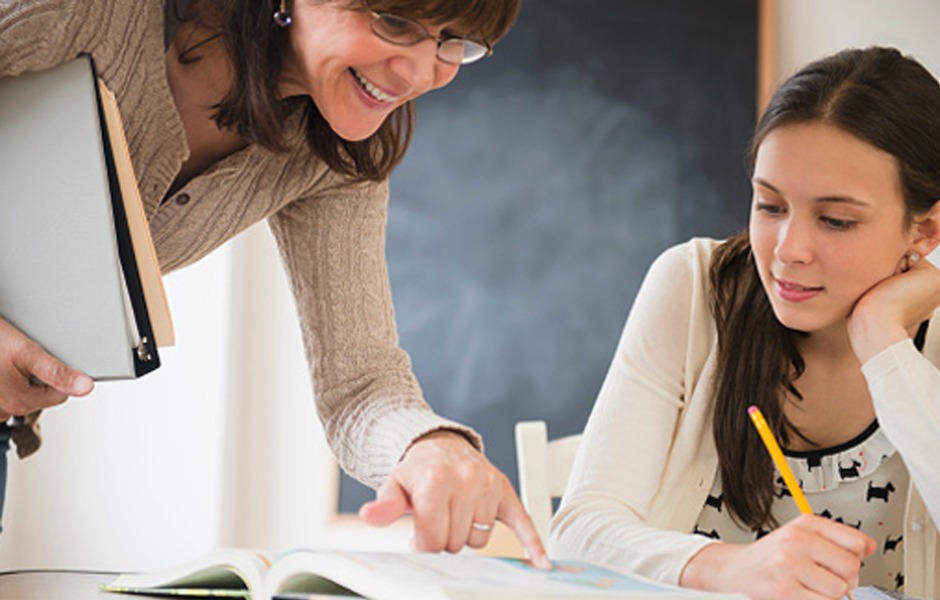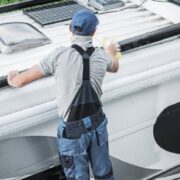
Hand sanitizers and hand washing
Hand sanitizers can be an essential part of preschool cleaning procedures. However, if used improperly, the chemical may be toxic. It is best to use soap and water. Alcohol-based hand sanitizers should be used only in small amounts.
Alcohol-based hand sanitizers are safe and effective, but they cannot kill all types of germs that cause diarrhea. As such, alcohol-based hand sanitizers should be used in child care settings only with the help of an adult. This is to prevent accidental contact with the eyes and ingestion. Additionally, alcohol-based hand sanitizing solutions can damage mucous membranes.
Hand washing is an important part of preschool cleaning procedures. Even if the sink is high, a child can easily reach the soap and water with a step stool. Wash hands thoroughly and make sure to include under the fingernails and between fingers. Whenever possible, use a sanitizer or alcohol-based soap.
Staff and children should be reminded to wash their hands frequently, especially before and after using the restroom. This should be a part of the morning routine, before lunch, or before playing outside. Educators should also make hand hygiene a part of the daily curriculum.
Bleach
Bleach is a cheap and effective disinfectant for cleaning surfaces in childcare facilities. It is a liquid that can be mixed with water in specific ratios to kill bacteria and pathogens. However, many childcare providers are confused about the proper dosage for this sanitizer. To make the process easier for everyone, the American Chemistry Council has developed a set of guidelines for its use.
Bleach and water solution is an acceptable disinfectant for childcare facilities, but any other chemical should be used after consulting with the licensing agency or consulting a health professional. Follow the directions on the label and follow the manufacturer’s instructions. In addition, a schedule for daily cleaning is a great way to ensure thorough cleaning. Daily cleaning schedules should include all surfaces exposed to visible soil and bodily fluids. This includes doors, light switches, cubbies, floors, railings, phones, and pens.
Cohorting
Preschools that are committed to reducing the spread of disease should follow good cleaning procedures. This includes sanitizing surfaces that have been used by sick children and ensuring that adequate staffing levels are in place to maintain the designated staff-to-child ratio. After a sick child leaves the classroom, all surfaces should be sanitized.
The spread of germs is a major health problem, and the presence of germs in preschools is associated with increased illness among children. This is why it is vital for preschoolers to promote healthy hygiene practices and discuss the harmful effects of germs. This could be done through a comprehensive teacher education curriculum, workshops, or symposia.
Air-out the classroom
Preschool cleaning procedures include airing out the classroom and ensuring that the children are protected from the elements. Preschoolers may feel exposed when pedestrians peer into their classrooms, so windows should be installed to block street views. The windows should also be operable, allowing fresh air to circulate throughout the classroom. While operable windows are a wonderful idea, care must be taken to prevent children from falling out. Ensure that windows open at the top, not from the bottom.
To increase ventilation, consider opening windows or using portable air cleaners in your childcare program. You should also consider improving the filtration system in your building. In addition, keep in mind that small children should not be exposed to high levels of dust, so use windows or fans with screens to avoid exposing young children to airborne particles. In addition, keep the number of children in each room to ten or less. This helps reduce the risk of closing the program if a large number of children become ill.
Regular disinfecting
Regular disinfecting is a vital part of child care cleaning procedures. In order to maintain a safe environment for children, preschools should make sure that their surfaces are clean and disinfected. To prevent illness, programs should follow guidelines from the state and local health departments and the licensing agency for child care programs. It is also important to follow the label instructions for disinfectants and sanitizers.
Disinfectants used for child care are inexpensive and easily available. Most surfaces can be disinfected by using a solution of household bleach and water. However, before disinfecting any surface, it is essential to clean it thoroughly with a cleaning agent. Mixing cleaning agents is not a good idea as they can harm children’s health and cause respiratory problems. Child care facilities must maintain a safe environment during the COVID-19 pandemic, and regular disinfecting is a necessary part of maintaining this environment.











